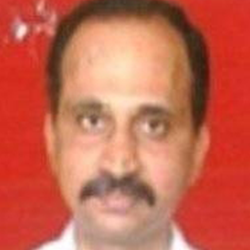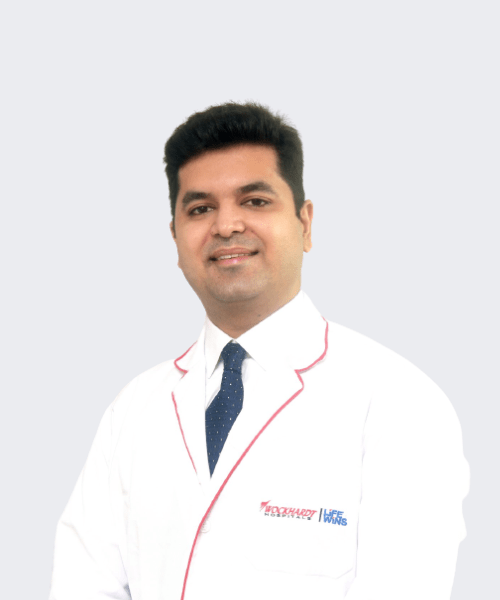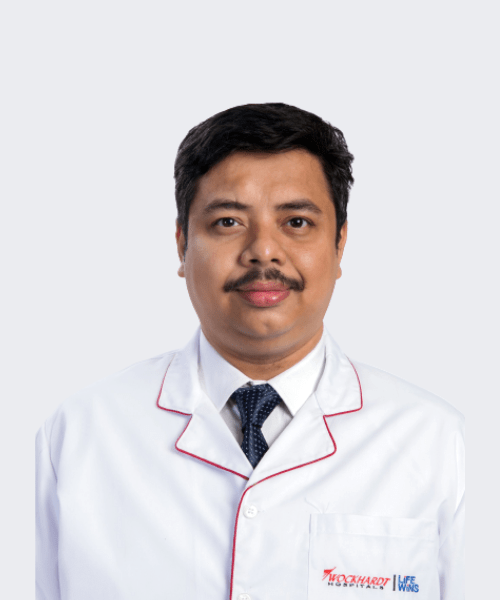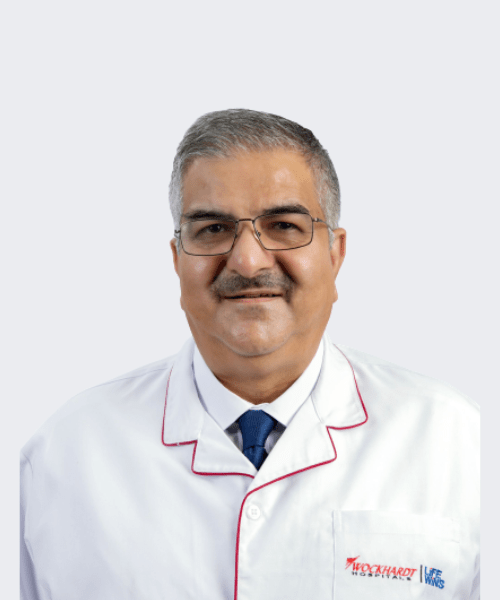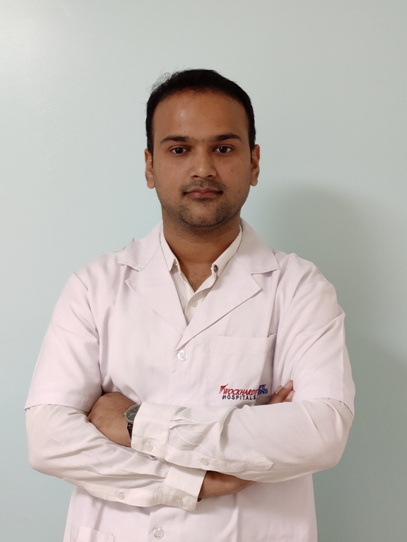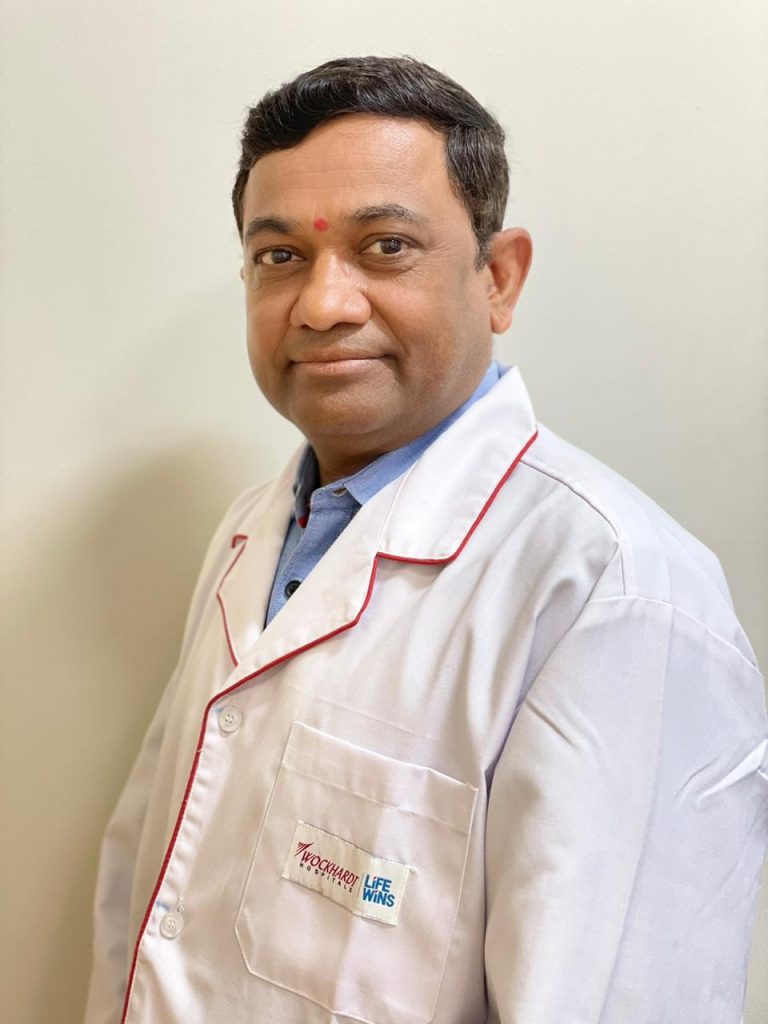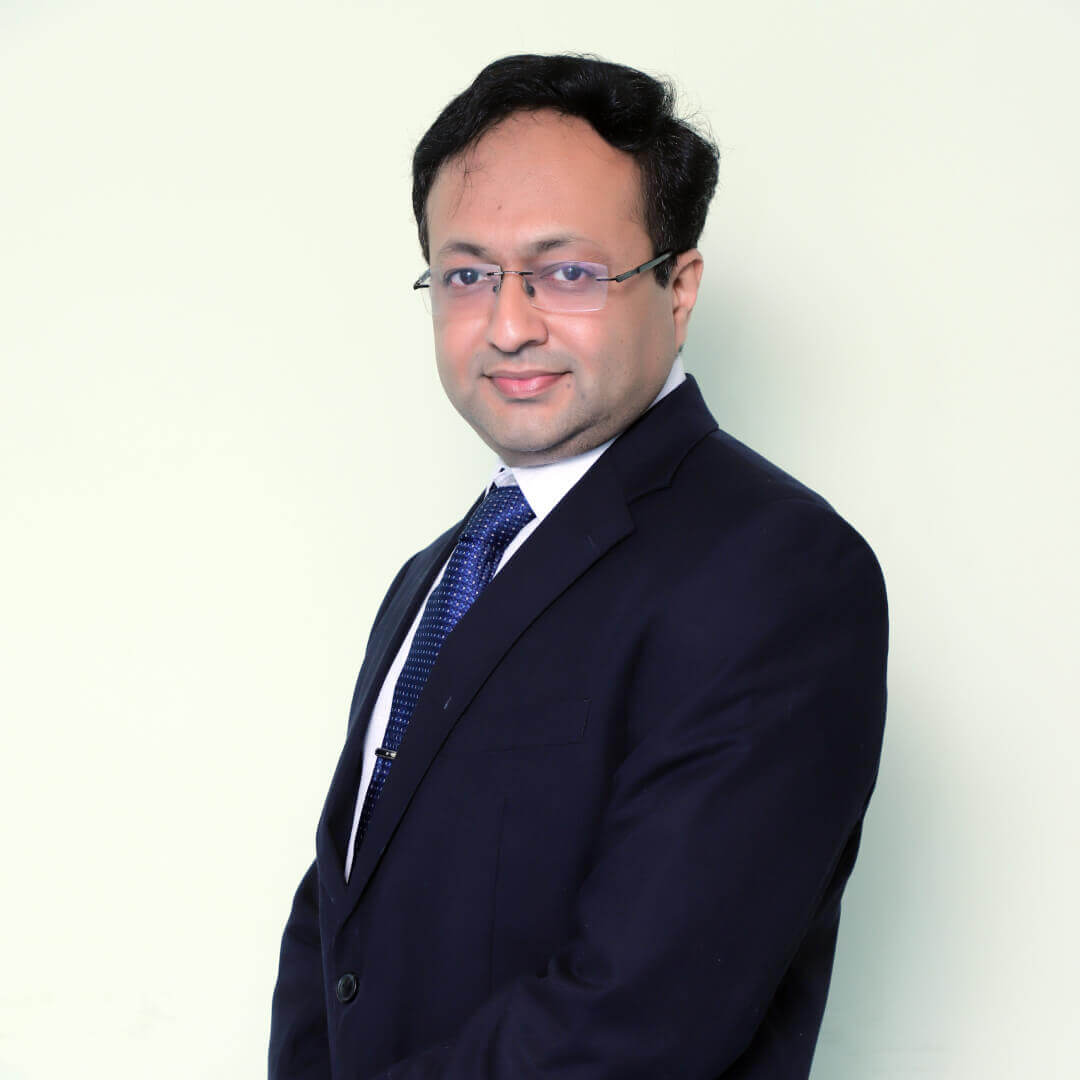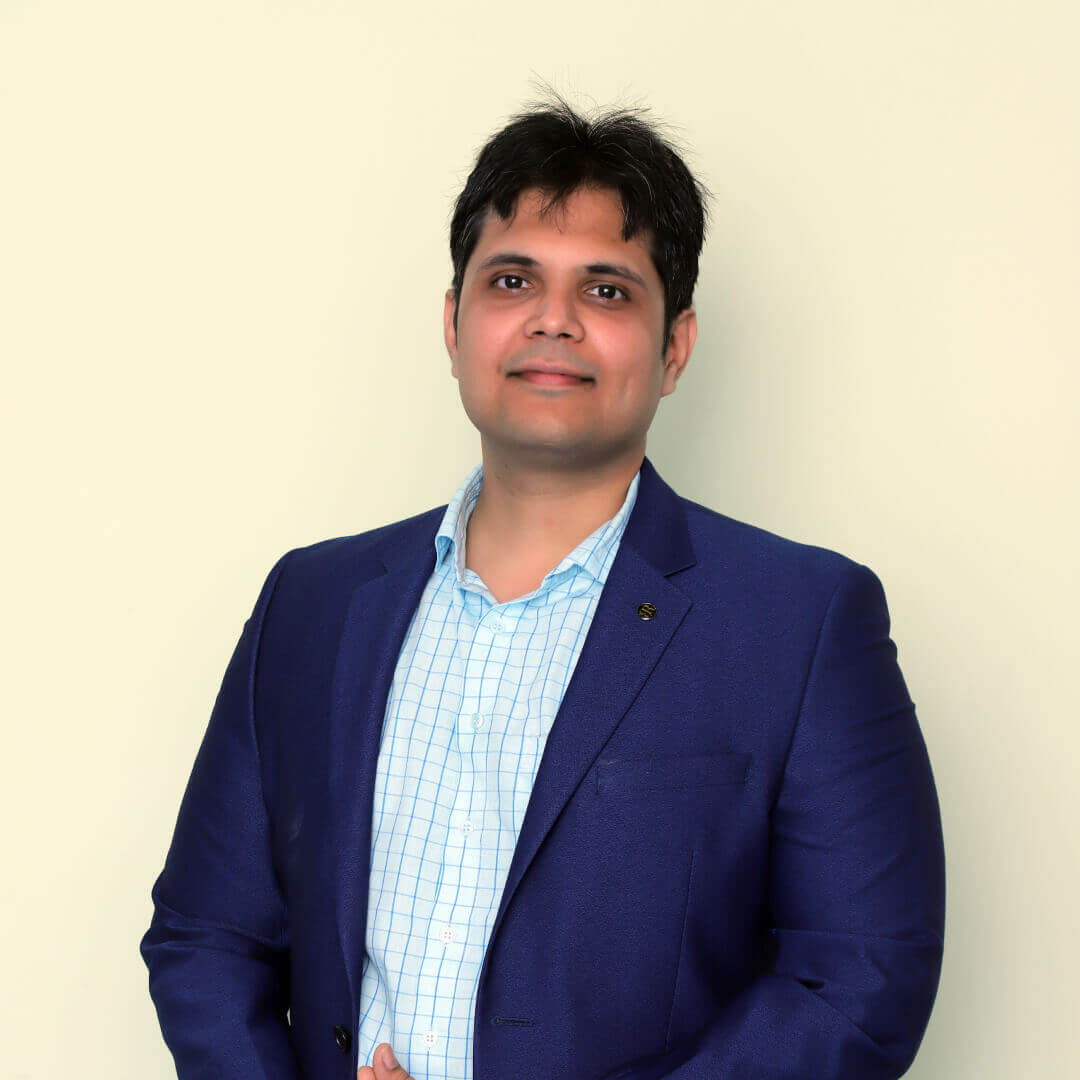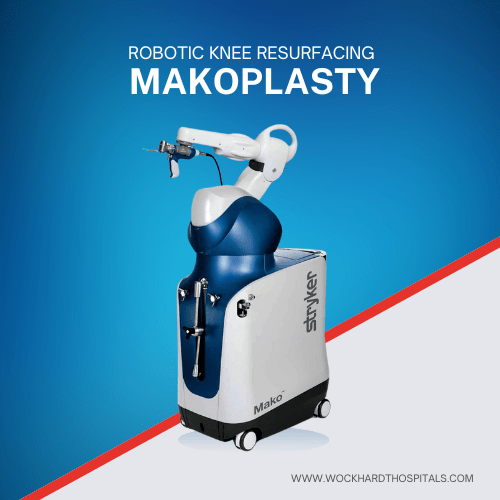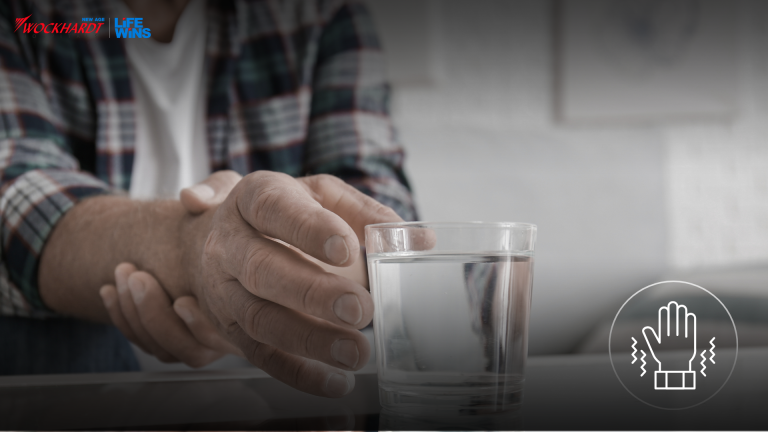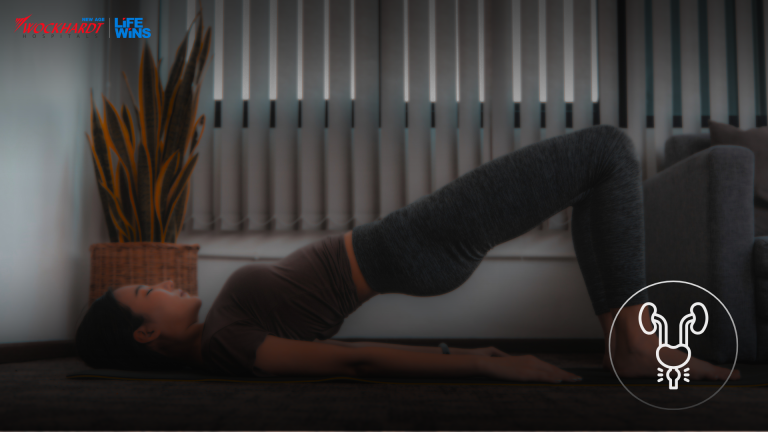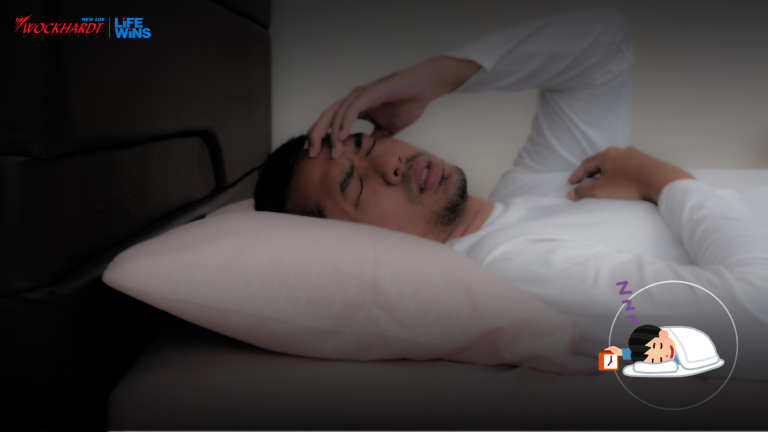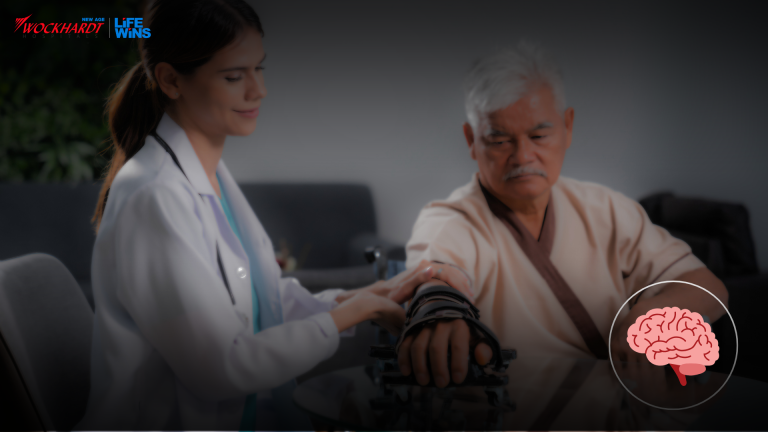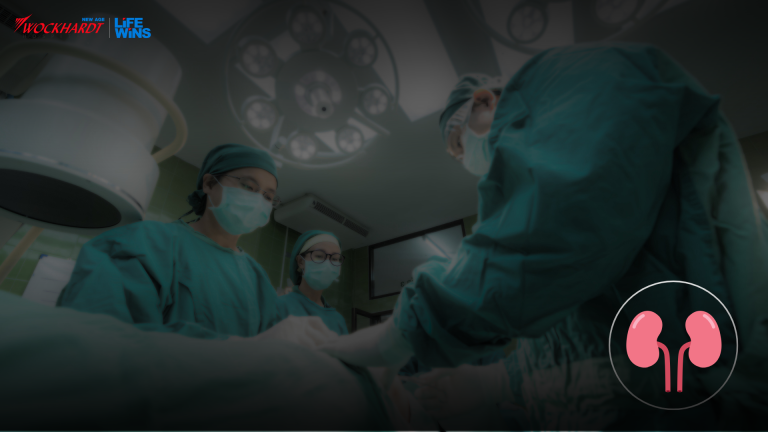Home » Medical Procedure » Cranioplasty and Craniotomy Surgery
Cranioplasty Surgery
in India
What is
Cranioplasty Surgery?
A neurosurgical treatment called cranioplasty surgery is used to correct or reshape abnormalities or flaws and fractures in the skull. These fractures and abnormalities can occur as a result of a neurosurgical procedure that needs brain access, a catastrophic incident, or a congenital abnormality. This kind of brain surgery’s primary goal is to strengthen the problematic area by enhancing brain defenses. Patients with neurological abnormalities may benefit from cranioplasty surgery as well since the operation may assist in alleviating or reducing symptoms.
Wockhardt Hospitals provide cutting-edge medical facilities and equipment to perform cranioplasty surgery in India with the highest success rates. We use the best quality grafting materials available if necessary in the surgery. Our well-trained medical staff is available 24/7 for pre and post-operative care helping patients recover fast and effectively.
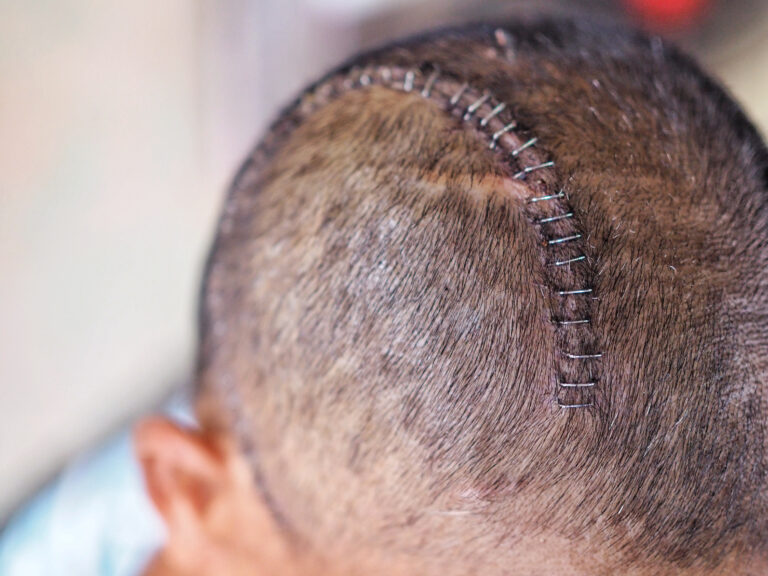
Renowned Cranioplasty And Craniotomy Surgeons
at Wockhardt Hospitals
- Mumbai Central
- Mira Road
- Nagpur
- Rajkot
Signs & Symptoms of Getting
Cranioplasty or Craniotomy Surgery
A craniotomy surgery can be performed for the following conditions or signs.
- Brain Aneurysms.
- Brain tumors.
- Brain abscesses, which is an infected pus-filled pocket.
- Brain hematoma.
- Removal of Blood clots
- Blood vessel weaknesses.
- Elevated Intracranial Pressure (ICP), which is a typical following traumatic brain injury.
- Dura mater tear.
- Arteriovenous Malformations (AVMs).
- Arteriovenous Fistulas (AVFs).
- Skull fractures.
- Epilepsy.
- The implantation of movement disorder stimulator devices.
Diagnosis and Tests
Before Surgery
Tests performed before craniotomy surgery include those necessary to diagnose the pathology and accurately locate it inside the skull, as well as normal testing performed before any operation.
- To diagnose and pinpoint the lesion, imaging tests such as CT scan, MRI, and functional MRI are performed. In some circumstances, an Angiography may be performed to determine the blood flow to the lesion.
- Tests to check the health of the blood coagulation system, such as those to check hemoglobin levels, blood groups, and the function of the liver and kidneys.
- Studying the heart's electrical activity using an ECG.
- Urine Test
- Chest X-Ray
A thorough evaluation of the heart may be necessary for elderly individuals to determine whether they are healthy enough for surgery. The location for the craniotomy surgery will also be chosen by your surgeon based on your health and the kind of craniotomy you require.
Different Types of
Cranioplasty Surgery
Depending on where it is performed, craniotomy surgery can be divided into many categories. The skull is made up of the frontal bone at the forehead, temporal bones at the temples, parietal bones on both sides and the occipital bone at the rear of the head.
- Extended Bifrontal craniotomy.
- Keyhole craniotomy
- Pterional (Frontotemporal) craniotomy
- Minimally Invasive Supra-Orbital “Eyebrow” Craniotomy
- Retro-Sigmoid “Keyhole” craniotomy
- Translabyrinthine craniotomy
- Endoscopic craniotomy
- Stereotactic craniotomy
- Awake craniotomy
Procedures of Cranioplasty
and Craniotomy Surgery
Craniotomy Surgery
The procedure most frequently used to remove brain tumors is craniotomy surgery. It may also be carried out to drain a brain abscess, release pressure inside the skull, perform a biopsy, examine the brain, control hemorrhage from a weak, leaking blood vessel, repair Arteriovenous Malformations (abnormal connections of blood vessels), or remove a blood clot (Hematoma). The neurosurgeon performs craniotomy to get access to the desired location by removing a small portion of the skull. Before the procedure is finished, titanium plates and screws are used to replace and fix the bone.
Cranioplasty Surgery
A cranioplasty is a surgical treatment used to treat a skull deformity or defect, and it is often carried out after severe damage to the head or after a craniotomy or craniectomy, among other types of brain surgery. The doctor may need to perform the surgery using a prosthesis or other artificial surgical material in order to fix the deformity. Alternatives include synthetic bone substitutes, acrylic, and titanium. Replacements that perfectly match the originals are also produced using contemporary 3D printing technology.
Before the Cranioplasty Procedure
The first thing that our surgeons & doctors at Wockhardt Hospitals will do is carefully review your report to decide whether or not this surgery is the best option for the patient. Also, they will explain to the patients the risks and advantages of brain surgery, as well as what to expect during the surgical treatment process. If you have an inoperable brain tumor or epileptic foci close to your brain tissue, you may want to pursue the surgery to lessen the risks and potential repercussions of damaging the functional brain tissue. Before the procedure, the speech-language therapist for the patient will ask you to identify certain pictures and words on the computer so that the neurosurgeon may verify your response and compare it throughout the procedure.
Seven days before surgery, you will be asked to stop using any non-steroidal anti-inflammatory drugs and blood thinners. To prevent bleeding and healing issues, stop smoking and consuming alcohol one week before surgery and two weeks afterward. On the morning of the procedure, patients are admitted to the hospital. Bring a list of any food or medicine allergies you have. Your queries will be answered by the nurse, who will also go through the preparatory procedure. You will have a discussion with an anesthesiologist about the after-effects of anesthesia.
During the Cranioplasty Procedure
The length of the procedure might range from three to five hours, depending on the underlying condition being addressed. After receiving general anesthesia, your head is fitted with a 3-pin skull fixation device that fastens to the operating table and maintains it perfectly still during the procedure. Antiseptic is used to prepare the scalp’s incision region. Incisions in the skin are frequently formed behind the hairline. Any retractors are taken out when the issue has been resolved or fixed and the dura is stitched shut. The bone flap is repositioned, and titanium plates and screws are used to fix it to the skull.
After Cranioplasty Procedure
As soon as you come out of anesthesia, you are transferred to the recovery area, where your vital signs are checked. The breathing tube used to help you could have given you a sore throat. You’ll be sent to the Intensive Care Unit (ICU) for close observation after you regain consciousness. Your fingers, toes, legs, and arms are commonly requested movements. After surgery, you can feel sick and have a headache. You will move into a standard room and start to raise your exercise level after your condition has stabilized there.
The length of the hospital stay varies, depending on the procedure and any complications, from merely a few days to two weeks. You’ll get recovery instructions after you are discharged from the hospital. After surgery, for two weeks or until your follow-up visit, adhere to the surgeon’s recommendations for home care.
Advantages of Cranioplasty Surgery
There are a variety of factors that might make a craniotomy procedure advantageous for you, including the following:
- Helps in the healing of damaged brain tissue, such as membrane tears.
- Gets rid of the extra blood that is flowing into the brain.
- Assists in the detection or treatment of a brain tumor.
- Taking out blood or blood clots from a blood vessel that is leaking.
- Assists in treating Parkinson's illness or epilepsy.
- Alleviates pressure in the brain, which is frequently caused by a serious brain injury.
- Helps in clearing an abscess in the brain.
- Arteriovenous malformation (AVM) removal or treatment of an arteriovenous fistula (AVF).
Risks Of Cranioplasty Surgery
and Craniotomy Surgery
Risks are inherent in all types of surgeries. Every operation might have general problems, such as bleeding, infection, blood clots, and anesthesia-related side effects. Strokes, seizures, nerve damage, brain swelling, cerebrospinal fluid leakage, and the loss of some mental skills are some of the specific risks associated with a craniotomy.
Possible complications include in cranioplasty surgery and craniotomy surgery are:
- Muscle weakness
- Damage caused by the head device
- Infection of the skin or bone flap
- A facial nerve injury
- Seizures
- Brain swelling
- Leaking of cerebrospinal fluid
- Stroke
How to Prepare
for Fast Recovery?
After surgery, a follow-up visit is scheduled 10 to 14 days later. Depending on the underlying illness being treated and your general health, the recovery period ranges from 1 to 4 weeks. It might take up to 8 weeks to fully recover. A smart activity to start raising your activity level is by going for a walk. Avoid overcommitting yourself, especially if you are still receiving radiation or chemotherapy for your condition. Inquire with your surgeon about your expected return date to work.
Life Wins Stories
The vision and leadership of Wockhardt’s Founders have been instrumental in shaping the organisation’s ethos of providing high-quality and affordable healthcare services to patients worldwide. Read and listen to the heartfelt experiences of our patients as they share their stories about the exceptional care they received at Wockhardt Hospitals.



Paresh Vyas
Excellent facility with renowned Cardiologists like Dr Dharmesh R Solanki. Very humble doctors, and good staff. Value for money.

Meena Kothari
Excellent facility with renowned Cardiologists like Dr Dharmesh R Solanki. Very humble doctors, and good staff. Value for money.
Life Wins Stories

Paresh Vyas
Excellent facility with renowned Cardiologists like Dr Dharmesh R Solanki. Very humble doctors, and good staff. Value for money.

Meena Kothari
Excellent facility with renowned Cardiologists like Dr Dharmesh R Solanki. Very humble doctors, and good staff. Value for money.
Cranioplasty and Craniotomy Blogs
No Posts found
FAQs on Cranioplasty and Craniotomy
Q. What is the difference between craniotomy and cranioplasty?
During a craniotomy, a portion of the skull is surgically removed to get access to the brain, often in order to treat diseases like blood clots or tumours. In contrast, cranioplasty is a surgical operation used to replace or mend a missing or damaged part of the skull, usually following an injury or craniotomy.
Q. Is cranioplasty high risk?
A cranioplasty is a major procedure for repairing the skull. Because the surgical procedure is done close to the brain, there may be a moderate-to-high risk involved with it.
Q. What is the success rate of a cranioplasty?
The success rate of cranioplasty is 75- 90%. Cranioplasty has a good success rate overall, with most patients reporting favourable results. Success is influenced by a number of patient-specific variables, such as the type of damage or disease that has to be surgically repaired, the surgical team’s level of experience, and the postoperative care procedures that follow. The success rate of cranioplasty is 75- 90%.
Q. What is the effect of cranioplasty?
The purpose of Cranioplasty is to repair or replace damaged or surgically altered skull structure. Improved appearance, brain protection, infection prevention, and maybe lessening neurological symptoms like headaches or cognitive deficits brought on by cranial abnormalities are just a few of its implications.
Q. Does hair grow back after cranioplasty?
You will only have a little part of your head shaved during a cranioplasty procedure. It is unlikely that you will shave your entire head. Your hair will regrow in the shaved areas after the procedure.
Q. Are seizures common after cranioplasty?
Just a few percent of individuals may experience seizures after craniotomy. Patients who have experienced seizures in the past or who have had surgery to treat diseases like epilepsy may be at a higher risk. On the other hand, postoperative seizures can be managed and decreased in frequency with the use of suitable medicines and preventative measures.
Q. When would craniotomy surgery be needed?
- Brain tumor detection, removal, or treatment.
- Taking out blood or blood clots from a blood vessel that is leaking.
- Draining a brain abscess
- Repairing a tear in the membrane lining
- Repairing skull fractures
- Treating epilepsy
- Putting stimulator implants to treat movement problems.
- Clipping or repairing of an aneurysm




